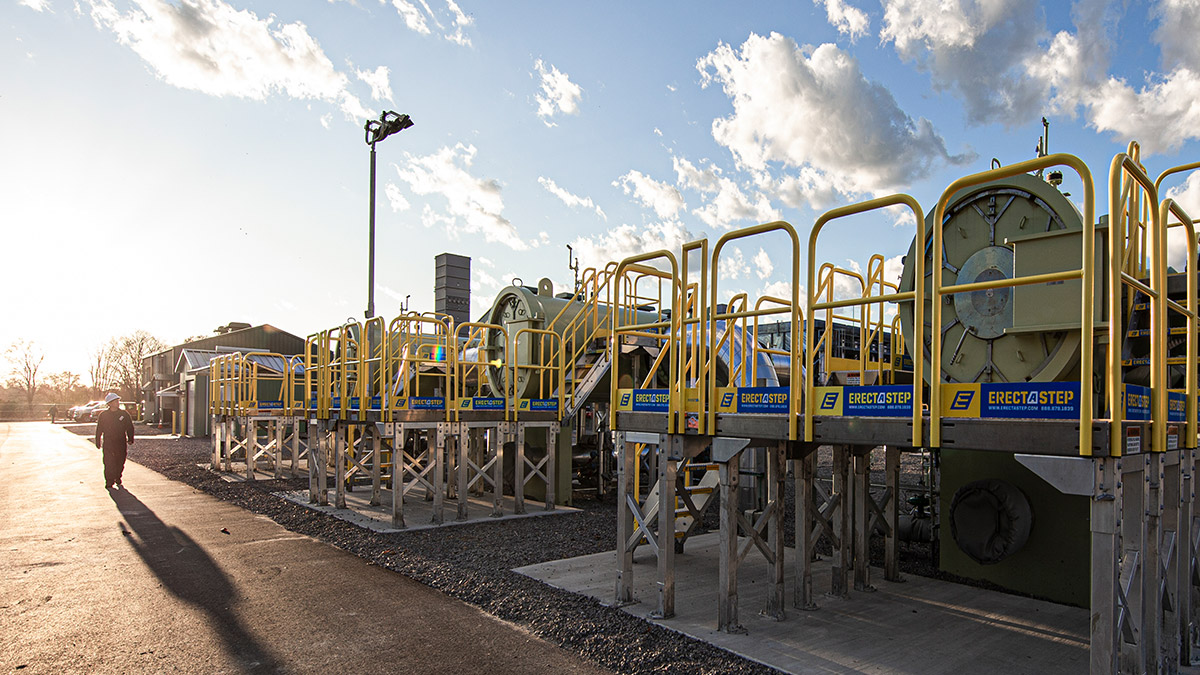
The role of natural gas in the U.S.
Second only to China in energy consumption, the U.S. draws from a variety of energy sources to support its population of roughly 330 million people. Prominent in that energy mix is natural gas, thanks to its local abundance, affordability, reliability and lower emissions compared with other hydrocarbons.

World's largest natural gas producer
The U.S. is the largest natural gas-producing country in the world, drawing from basins such as the Marcellus and Utica Shale formations in Appalachia and the Haynesville Shale formation in Louisiana and East Texas. In fact, the U.S. Geologic Survey estimates the Appalachian formations hold an estimated mean of 214 trillion cubic feet of undiscovered, technically recoverable continuous resources of natural gas. Advancements in drilling and extraction technologies have made it possible to produce large quantities of natural gas safely and at a reasonable cost, offering a local supply source for consumers.

Growing demand from consumers
Consumption of natural gas in the U.S. has grown alongside production. Long used to heat homes and fuel the industrial sector, natural gas in recent years has become a primary fuel source for power generation. This marked change is reflected in a few recent datapoints from the U.S. Energy Information Administration (EIA):
- Natural gas consumption actually grew 2% in April 2020 vs. a year earlier.
This came during the same month that overall U.S. energy consumption fell to its lowest level in more than 30 years. Likely affected by stay-at-home orders, residential consumption of natural gas was 15% higher in April 2020 vs. a year earlier. - Natural gas-fired power generation in the Lower 48 jumped 9% in the first half of 2020 vs. a year earlier.
Natural gas generators now make up largest share of U.S. electricity generation capacity. - More than 100 coal-fired plants have been replaced or converted to natural gas in the U.S. since 2011.
The decision for plants to switch from coal to natural gas has been driven by stricter emission standards, low natural gas prices, and more efficient natural gas turbine technology.

Stability as renewables evolve
“Natural gas is a key power generation resource because it has the flexibility to supply electricity at any time, including at times of peak demand,” EIA explains. This contrasts with some renewable energy technologies and nuclear power plants that may not be able to adjust their generation to meet shifts in power load.
As renewable technologies evolve and take on more generation capacity in the U.S. electric power sector, natural gas will continue to serve as a lynchpin in the U.S. energy mix—ensuring the lights stay on when our communities need them the most.

Assurance in natural gas
Watch how natural gas has our backs. It provides energy when renewables don’t have enough power stored, to help us keep up with our modern lifestyles.
Resources
Natural gas explained | U.S. Energy Information Administration
Natural gas in the U.S. | U.S. Department of Energy